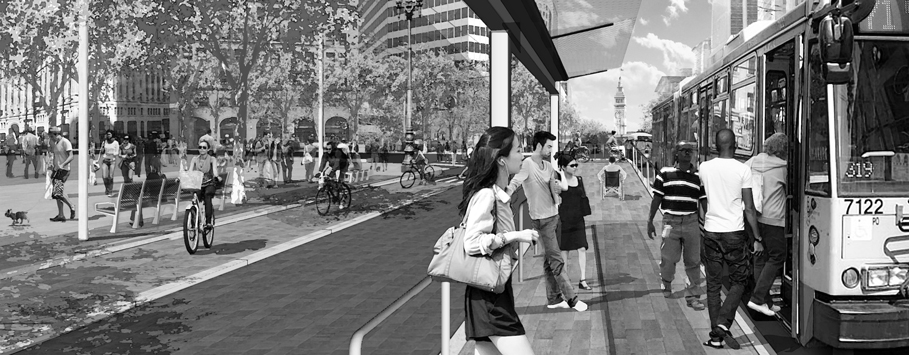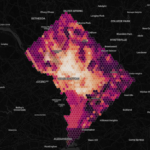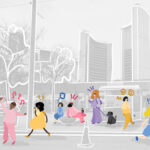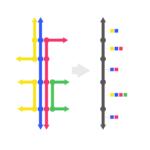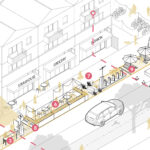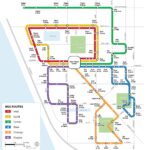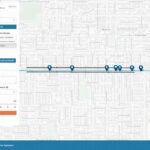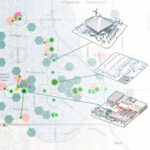
Transit-oriented development (TOD) is a crucial strategy for building sustainable and livable cities by promoting walkability, cycling, and transit use. TOD reduces the reliance on cars and minimizes its environmental impact while enhancing public health. Additionally, TOD can improve economic opportunities and social equity by providing inclusive access to employment, education, and services for all... Read more »

